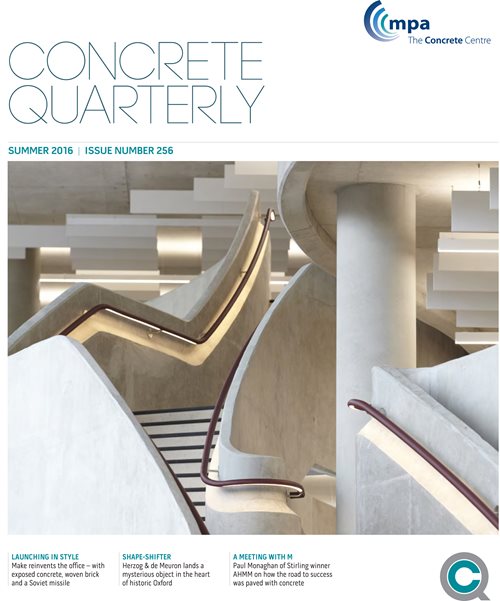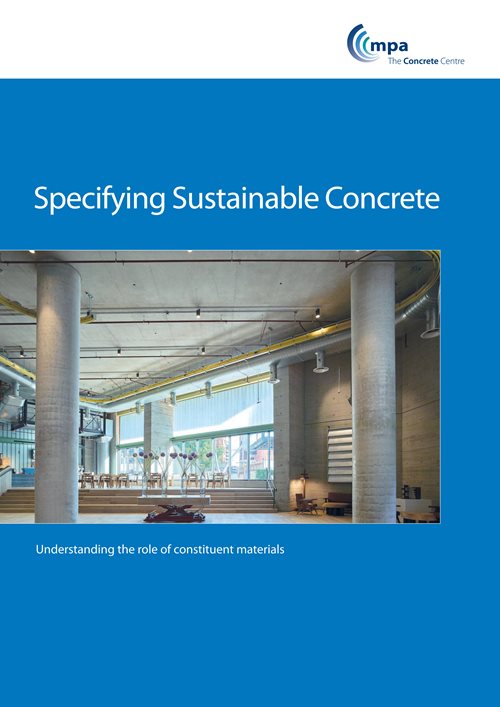PAS 8820:2016 novel cements
Alternative cements may be defined as cementitious materials manufactured using novel, low-carbon processes that offer similar performance to traditional Portland cement. Most react in a familiar way with water, but some react with CO2 to solidify into a hardened mass. The burning of limestone to make these cements is usually reduced and, in some cases, eliminated.
Over the next decade, it is likely that we will see these materials in low-risk applications such as non-structural paving. For reinforced concrete, durability models and associated test methods will have to be developed and validated before standards can be proposed and adopted. In the UK, the specification document PAS 8820:2016 is a significant step forward enabling the use of some forms of concrete utilising alkali-activated cement binder.
Read more in these recent articles:
Guidance is also available on cement replacements in Specifying Sustainable Concrete.

Welcome to the Concrete Quarterly Archive.... a wealth of issues, going back to 1947.
